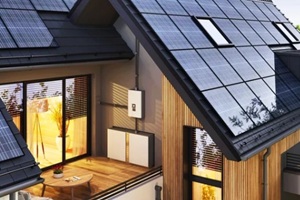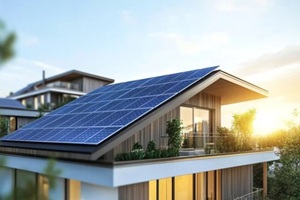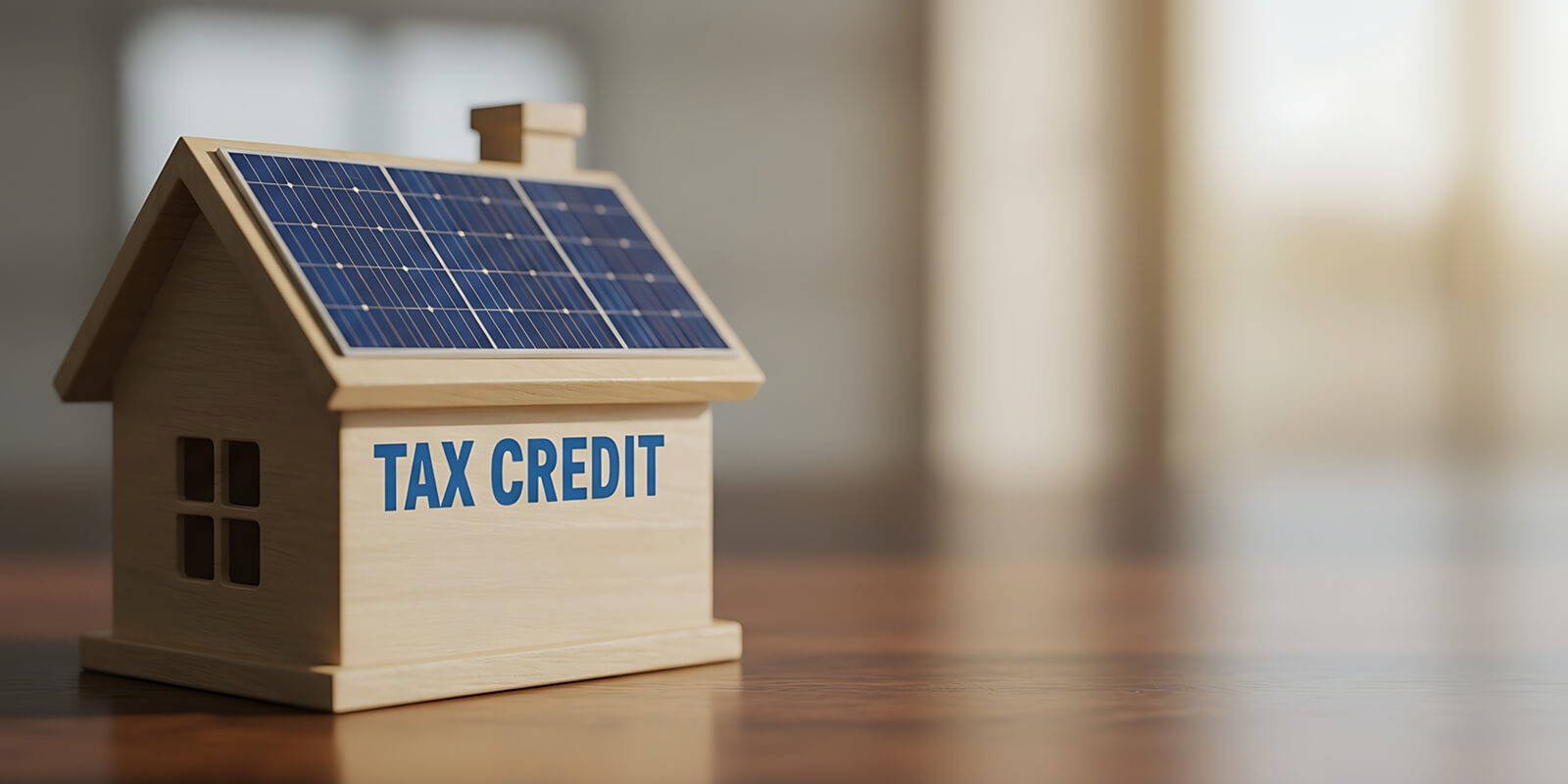This article is for informational purposes and does not constitute tax advice. Please consult with an accredited tax professional for legal or financial advice related to your situation.

Maryland homeowners planning to install solar arrays in 2025 should be aware of any changes to Maryland grants, tax credits, rebates, utility programs, and SREC solar credit calculations. These factors can change a household’s eligibility for tax credits, altering the value of their investment. The outlook for solar incentives is rapidly changing due to new legislation, and President Trump’s One Big Beautiful Bill could impact homeowners’ solar installation plans moving forward.
This article reviews recent changes in the federal solar credit to contextualize the new legislation for homeowners planning to install solar arrays this year. The benefits of solar energy, including less electricity dependence, lower utility bills, and SREC generation, remain the same throughout these logistical changes. However, changes to the solar credit could impact how easy it is to receive these benefits moving forward.
The Federal Status of the Current Tax Credit (25D)
At the time of writing, the 25D federal solar tax credit will officially end on December 31, 2025, due to the passage of the One Big Beautiful Bill (OBBB). The solar tax credit, which can grant homeowners a credit on the eligible cost basis of their new solar installations up to 30%, has helped homeowners afford solar arrays for over 20 years.
Note that this article exclusively addresses the residential solar tax credit. It does not cover tax credits applicable to commercial installations or third-party ownership models, such as Power Purchase Agreements (PPAs) and leases.
The previous administration expanded and stabilized the solar tax credit with the Inflation Reduction Act of 2022. This extended the credit’s current limit of 30% until 2032, when it would begin declining annually for two years.
With the OBBB, the 25D solar tax credit will no longer follow this plan, expiring at the end of this year. This will make it impossible for homeowners to claim the same residential credit on their solar investments after this point. However, any systems installed this year will still be eligible for the credit.
How to Plan a Solar Installation in Maryland for 2025
The question is whether homeowners should rush the eligibility and installation process to approve their arrays before the new deadline. This will be the last time homeowners in Maryland or any state can offset their installation costs with the current solar tax credit.

However, installations must be installed, meaning most homeowners cannot start now and receive the credit. Additionally, rushing the process may lead to new logistical and financial challenges.
Regardless of whether the tax credit is available, solar installations still provide savings and sustainability. Homeowners can follow these three steps to make the process simpler:
1. Create a Timeline
Homeowners should consider the full project timeline, including labor, material delivery, and coordination with the utility provider, before starting the project. The process of designing, installing, and activating the system with the provider could take months. The sooner a timeline is established, the sooner homeowners will begin benefiting from their investment.
2. Lock in Project Pricing
Pricing equipment, materials, and labor is an essential step in the solar installation process. Due to the OBBB’s policy changes, many homeowners will be trying to secure the needed materials and labor to complete solar installations before the end of the year. However, this high demand could cause supply shortages and labor price increases, making it more difficult for other homeowners to secure a viable project price.
3. Consult Local Solar Professionals
Local solar energy providers offer personalized inspection and installation services. Speak with local installers about the possibility of pursuing the federal solar credit, but consider that as 2025 winds down, high-quality providers will likely not rush the necessary installation and planning steps. Properly pricing and installing a solar array customized to your home’s needs should still be a higher priority than meeting the credit deadline.
Contact Local Solar Providers to Plan Your New Installation
As the clock winds down for the 25D federal solar credit, homeowners in Maryland and throughout the U.S. will be racing to complete their solar installations in time to claim the 30% credit. At Energy Select, our team of installers can assess the property for solar eligibility and personalize the installation of the new array to meet your needs.

Even if the installation cannot be completed and verified in time to qualify for the credit, solar installations and SREC generation remain valuable investments for homeowners toward their energy futures.
Contact our team today to schedule estimate, and install a solar array in your Maryland home. Time is running out to finish construction and confirm federal eligibility before the solar credit ends later this year. Still, our team can help you clarify the timeline and work out your remaining options.
This article is for information only and is not tax advice. Please consult with an accredited tax professional for legal or financial advice related to your situation.


